SAMPLES
 Receive your sample
Receive your sample
 Receive your sample
Receive your sample
 Know more
Know more
 Read now
Read now
 Request a CPD
Request a CPD
 Find out more
Find out more
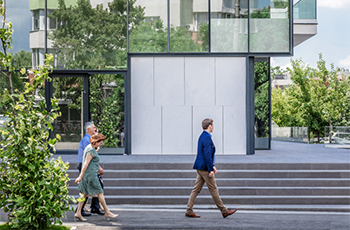 Contact us
Contact us
 Watch now
Watch now
 Know more
Know more
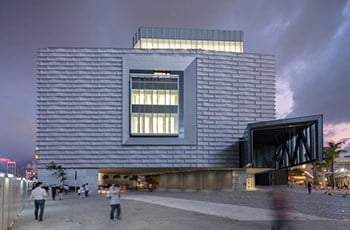 Know more
Know more
Sandford Park School, Ranelagh, Dublin
DTA Architects
2004 – 2009
Photographs – Ros Kavanagh, courtesy of DTA Architects
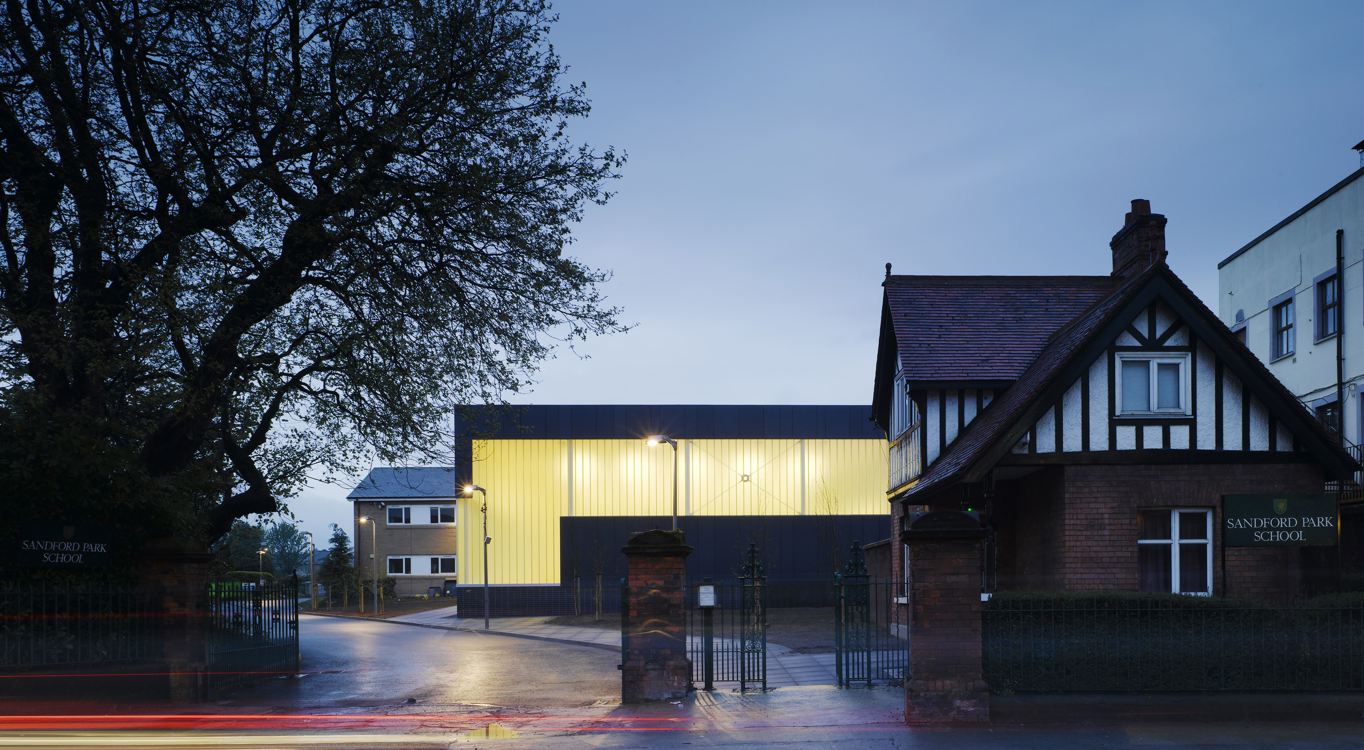
Sandford Park School opened its doors to its first pupils in September 1922. Alfred Le Peton, its first headmaster, had been the joint headmaster with Ernest Exshaw of Earlsfort House School in the city centre. The two men had a shared ambition of moving their school to the peace of the Victorian suburbs, starting a trend among neighbouring educational establishments that would be emulated within a few decades by both Alexandra College and UCD.
Originally built in 1894 as his own home by James Pile, a successful builder, Sandford Park offered an ideal setting for a small school. On 2.5 hectares of mature wooded grounds with an ornamental pond and island, sunken tennis court, a mews yard, a ballroom complete with a minstrel’s gallery and a distinctive house on which great care had been lavished in providing panelled rooms and ornate ceilings, it was a far cry from the terraced houses of Earlsfort House School.
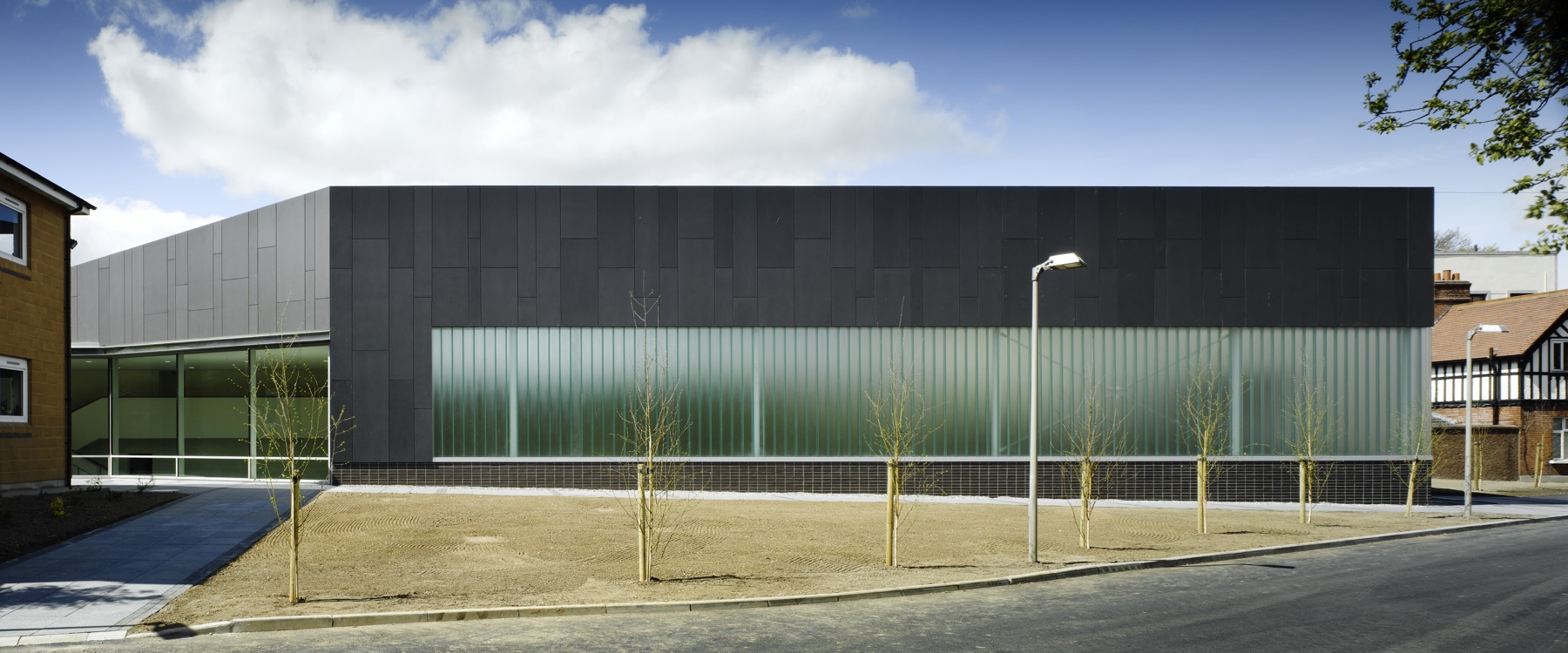
There were fifty-three boys on the roll in 1922. Today, it is a non-denominational, co-educational school for 350 post-primary students. Reviewing Lilburn Hall in 2009, John Parker noted that with “its entrance marked by a diminutive Victorian gate lodge, Sandford Park has the sense of a grand school in miniature. But as with many such private schools, its development had been accretive, expanding piece-meal and hemmed in by the limits of its grounds. The result was, by the turn of the century, an awkward assembly of disjointed buildings.”
The completion of Lilburn Hall marked the culmination of a ten-year redevelopment programme planned by DTA Architects and executed in four phases. “In the initial phases we concentrated on being mannerly towards the existing red-brick buildings,” says Derek Tynan. “We created a brick-lined urban space around the existing house by building a two-storey restaurant pavilion with a library above, looking over the playing fields, and linking this by a bridge to a range of colonnaded secondary accommodation along the site boundary. Then we tackled the house as a conservation project.
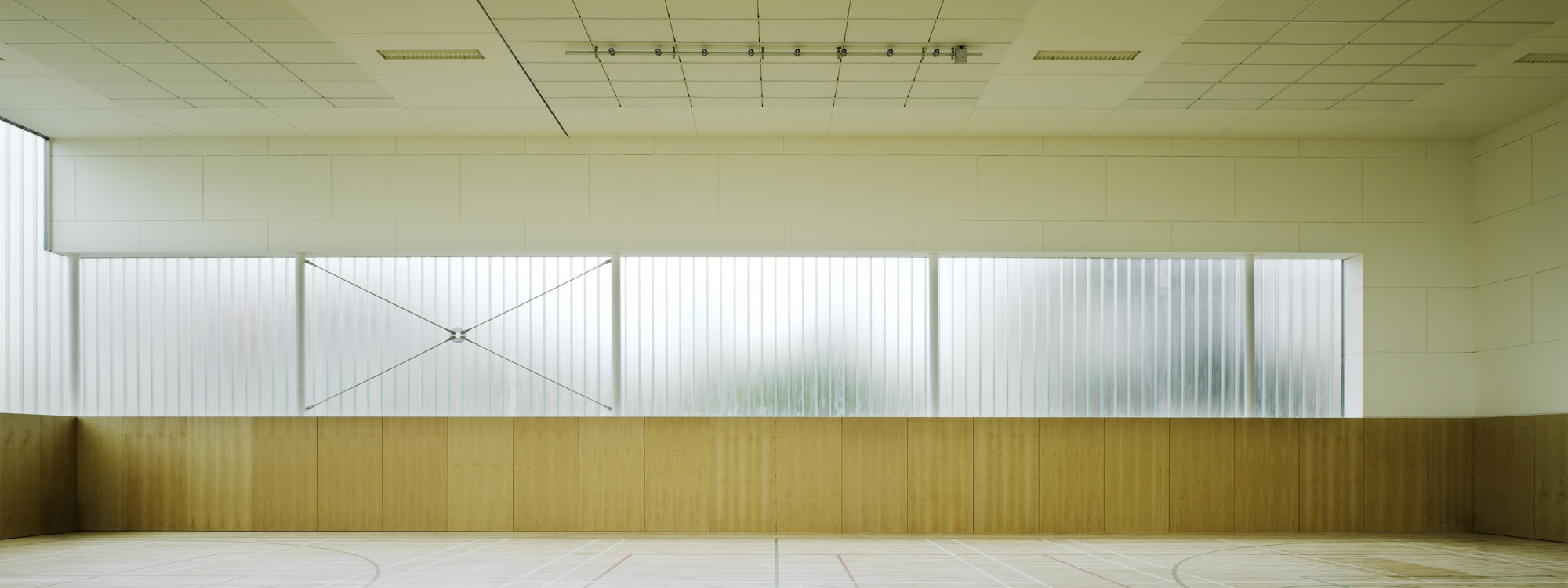
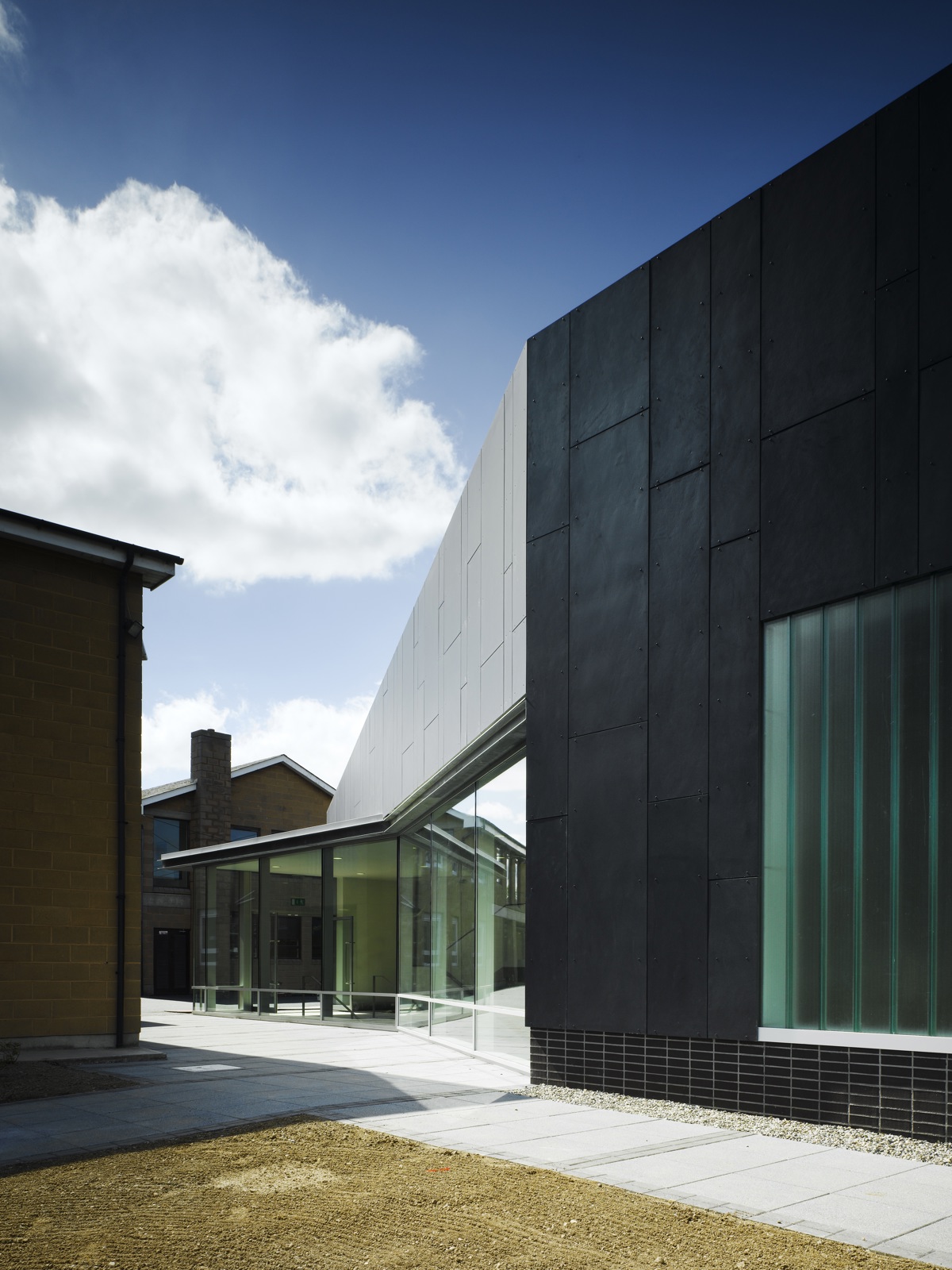
“By the time of this project, which was the fourth and final phase of the redevelopment, we were liberated from a direct relationship with the context. And because the hall was a much larger-scale building, we chose to make a different kind of façade onto Sandford Road to create a new identity for the school. It’s a big box, sunk 1.8 metres into the ground to lessen its impact on the nearby cottages on Collier’s Avenue. A steel frame sits on a concrete retaining wall and is simply wrapped in Equitone façade panels and Profilit translucent channel glass. The fibre-cement cladding was versatile in that it could also be used on the sloped roof over the foyer at the back of the hall. We were keen wherever possible to select materials that can be recycled at the end of their service life.”
The multi-purpose Lilburn Hall provides spaces for a music and drama centre and sports hall which can also be used for assembly, examinations and prize days. Internal finishes were selected in response to the nature of the brief. Robust timber veneer cladding at low level caters for sports use, while the upper surfaces are clad in white fibre-cement boards and acoustic panelling to create optimal illuminance and acceptable acoustics.
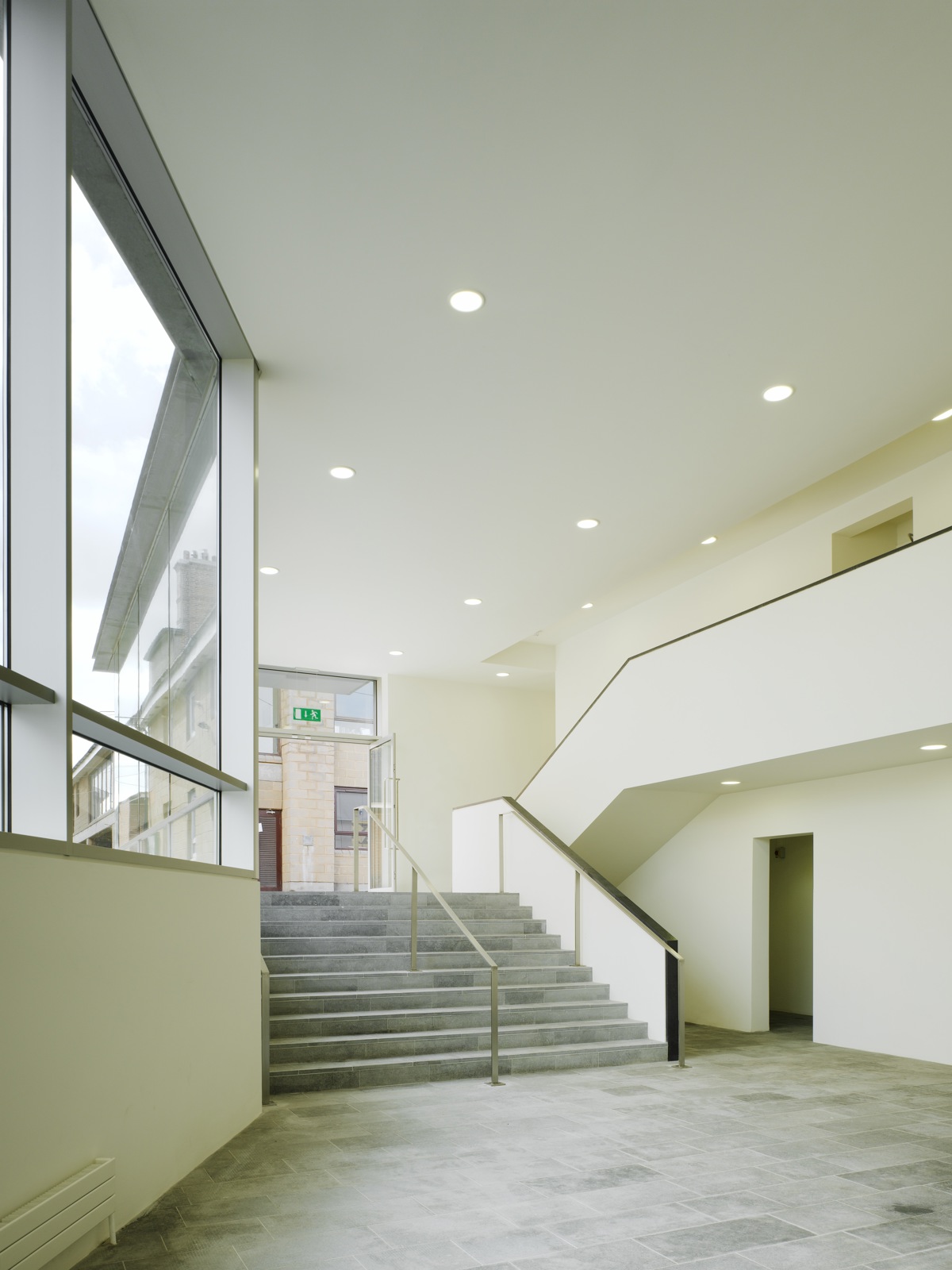
The only flexible accommodation within the brief – the foyer and changing rooms – forms a ‘neck’ which narrows and cranks, allowing the hall to squeeze between the site boundary and existing buildings, its roof tapered to meet the scale of the existing school. The hall sits well into the school environment and despite its contrasting scale does not overpower its surroundings, thanks to the exquisite skill, craft and judgement DTA Architects brought to a particularly challenging task.